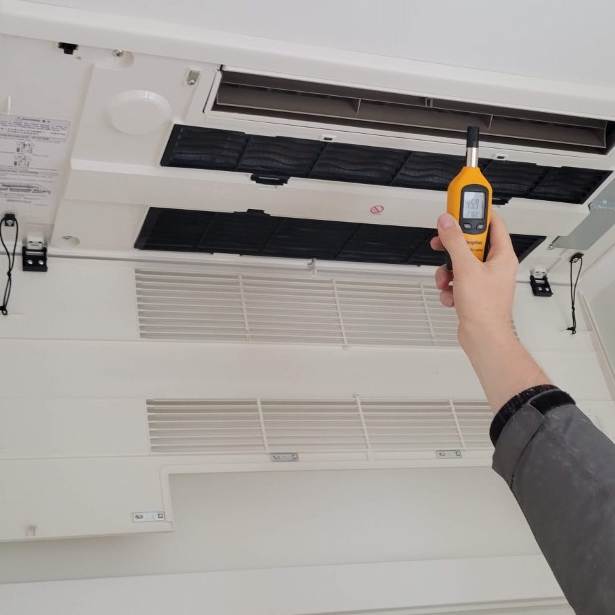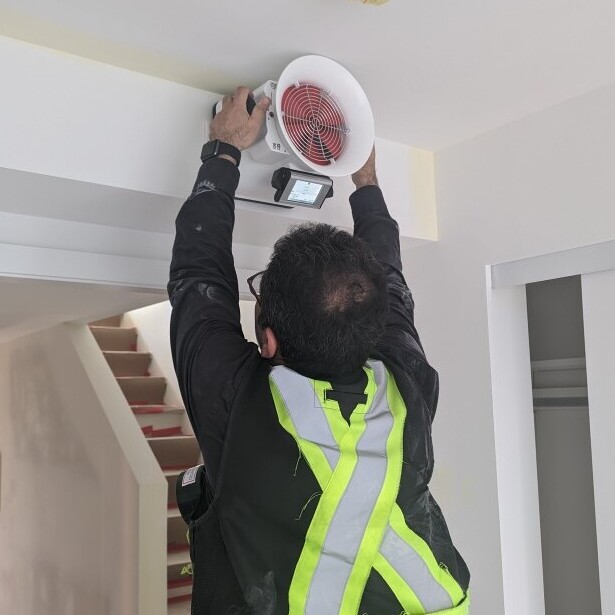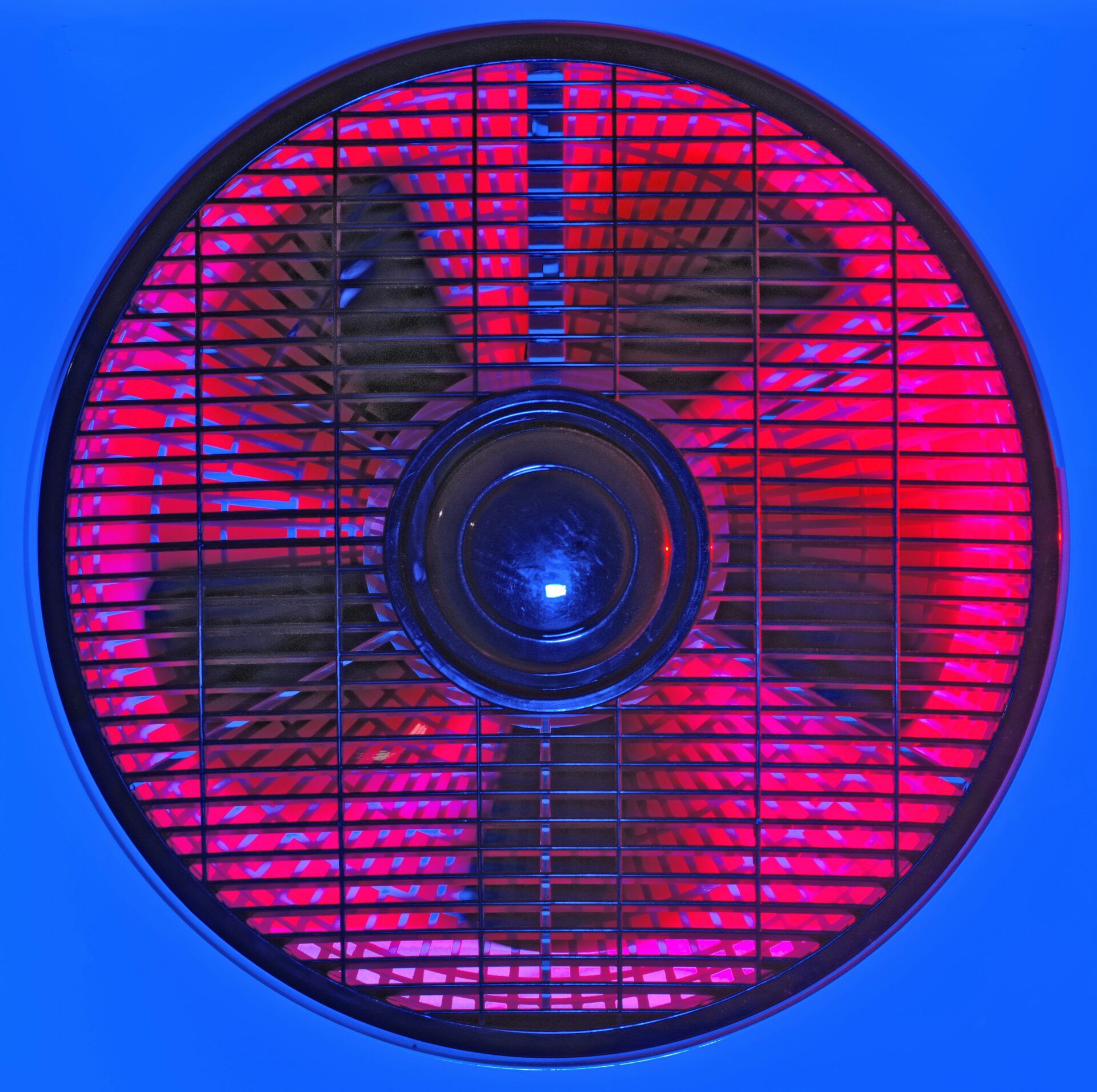
WHAT EXACTLY IS COMMISSIONING? BCBS BREAKS IT DOWN!
The Enhanced Commissioning Process (Cx) is a detailed and quality-focused process that ensures building systems are planned, designed, installed, tested, and capable of being operated and maintained according to the owner’s requirements. BC Building Science offer two types of commissioning – both in Building Envelope and in Energy. The process is typically divided into four phases: design, construction, occupancy, and post-occupancy. Here are the key steps involved:
- Owner’s Project Requirements (OPR) – Establishing clear goals and performance criteria for the building’s systems.
- Basis of Design (BOD) – Documenting the primary concept and technical approach for meeting the OPR.
- Commissioning Plan – Developing a comprehensive plan that outlines the commissioning process, schedules, and responsibilities.
- Design Review – Reviewing design documents to ensure they align with the OPR and BOD.
- Submittal Review – Reviewing equipment and system submittals for compliance with project requirements.
- Construction Verification – Conducting site inspections to verify that systems are installed correctly.
- Pre-functional Testing – Ensuring systems and equipment are installed correctly and ready for operation.
- Functional Performance Testing – Testing systems to confirm they operate according to the design intent and performance criteria.
- Operations and Maintenance (O&M) Documentation – Ensuring that comprehensive O&M manuals and system documentation are provided.
- Training – Conducting training sessions for operations staff to ensure they understand system operations and maintenance procedures.
- Seasonal Testing – Performing additional testing during different seasons to ensure systems operate correctly under varying conditions.
- Warranty Review – Reviewing systems before the end of the warranty period to identify any issues that need to be addressed.
By following these well thought out commissioning steps, the end result will be superior system performance and energy efficiency, highly reduced operational and maintenance costs, and enhanced occupant comfort and productivity!






